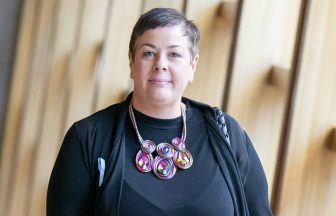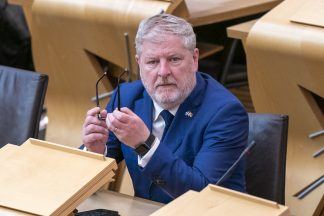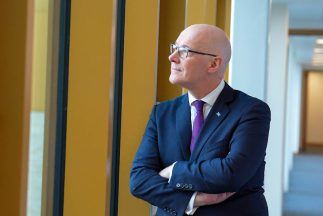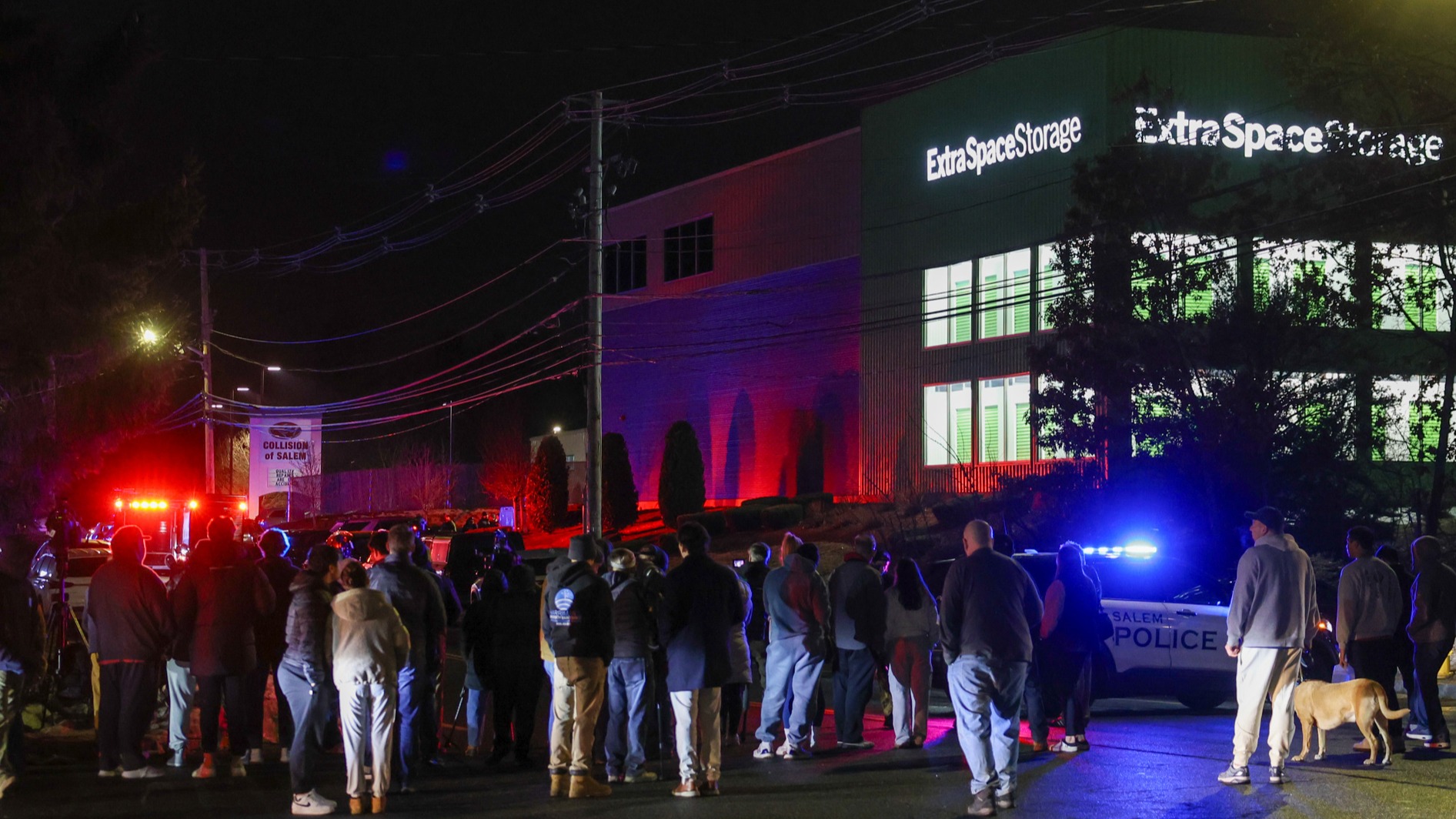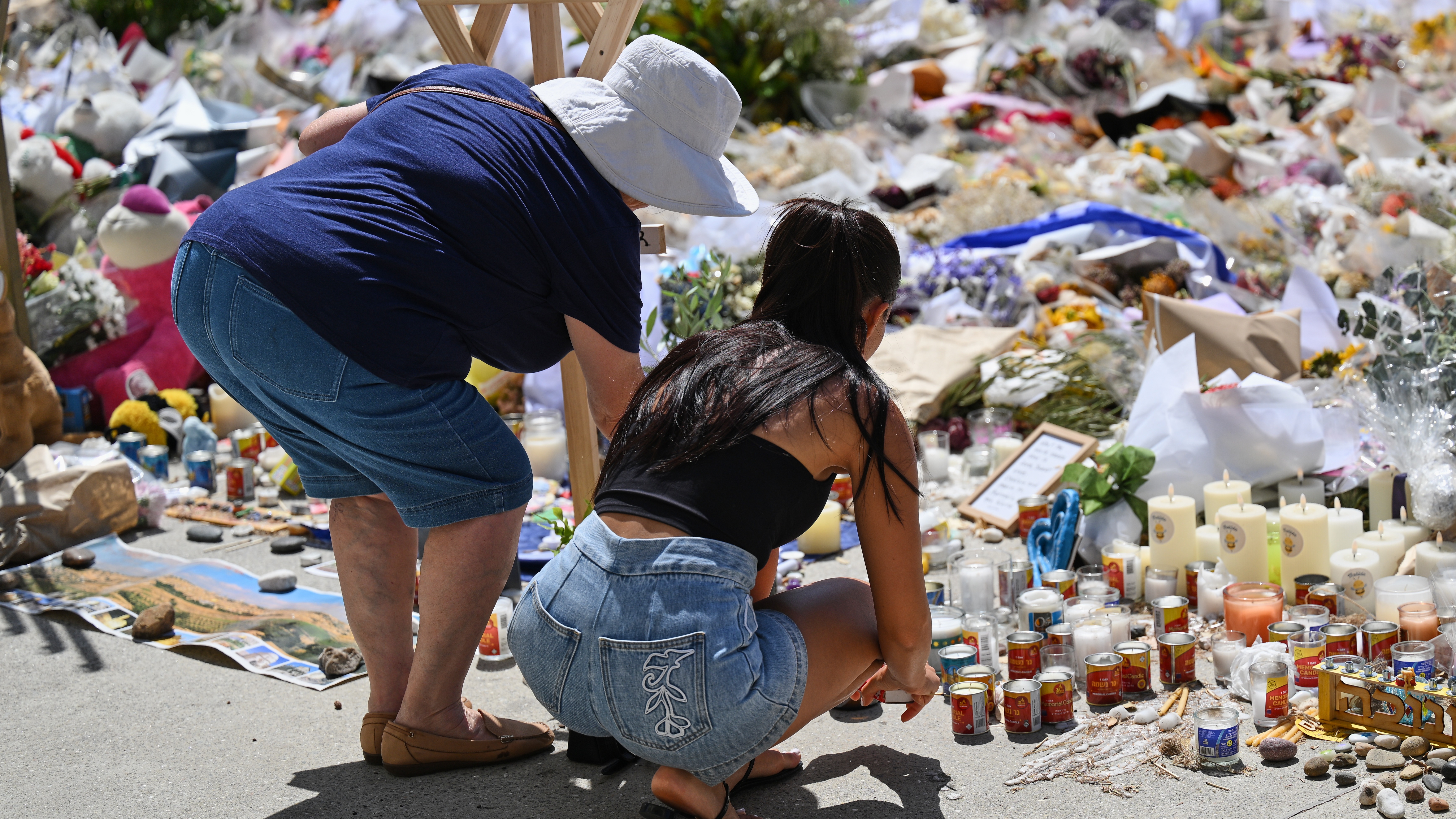There is “precisely no connection” between the announcement of a return to schools and the First Minister’s evidence to the Salmond Inquiry, the education secretary has said.
Primaries four to seven returned to school on Monday, along with part-time lessons for secondary schools.
Nicola Sturgeon had pencilled in March 15 for more pupils’ return – but confirmed the decision the day before she appeared before the inquiry investigating the handling of harassment complaints against former first minister Alex Salmond.
At the weekend, Andrea Bradley, the assistant secretary of the EIS teaching union, said the Scottish Government was looking for a “good news story that week”.
Education secretary John Swinney rejected the claim during a radio interview on Monday.
“There is precisely no connection between those two events,” he told BBC Radio Scotland.
“The government previously indicated that we would provide an update on the return to schooling on that particular Tuesday, that is precisely what we did, and we addressed the concerns about the wellbeing of children and young people in driving the decisions that we arrived at.”
Sturgeon had previously criticised the decision of the UK Government to allow all children in England back to school on March 8, claiming it would send cases “through the roof”.
However, the education secretary denied that the return on Monday amounted to the same approach, just delayed by a week.
“Pupils in England returned full time in all areas on March 8; what we’re doing is we’ve taken a staggered approach to that over a longer period of time,” he said.
“We’re taking a measured approach, commensurate with the advice that we’ve got, which enables us to do two things.
“It enables us to address the wellbeing concerns that many people have about our young people who have suffered during the lockdown and the pandemic, and it also enables us to sustain the delivery of education for children and young people within Scotland.”
With the return of schools increasing, Swinney said there would be outbreaks within schools, but claimed this would be driven by the prevalence of the virus in the community.
He said: “There will be examples where the virus will spread and the biggest threat to the ability to sustain education at a local level is community transmission of the virus, which is why we’re putting such an emphasis on reducing community prevalence of the virus, and we’ve made enormous strides in that.”
The education secretary added: “The evidence that we have is that schools are not significant transmitters of the virus, but obviously community transmission can lead to it reaching schools.”
Swinney said emphasis will continue on controlling the prevalence of the virus across the country, while mitigations such as regular testing, social distancing and face coverings should be used within school.
Follow STV News on WhatsApp
Scan the QR code on your mobile device for all the latest news from around the country


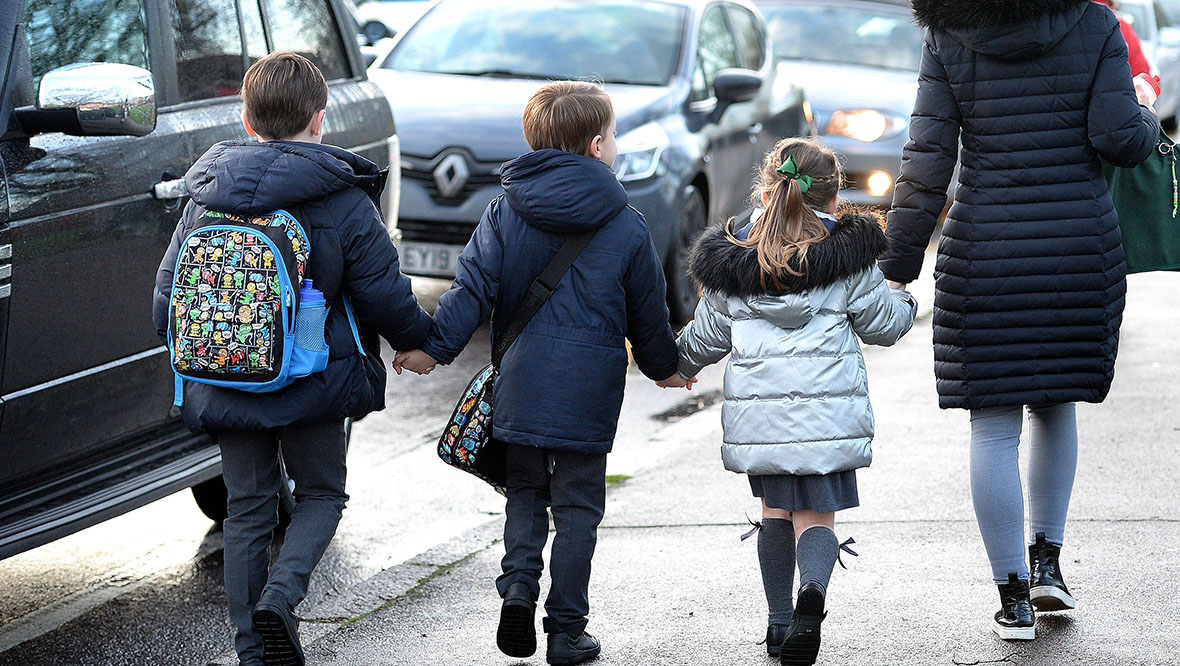 PA Media
PA Media
















